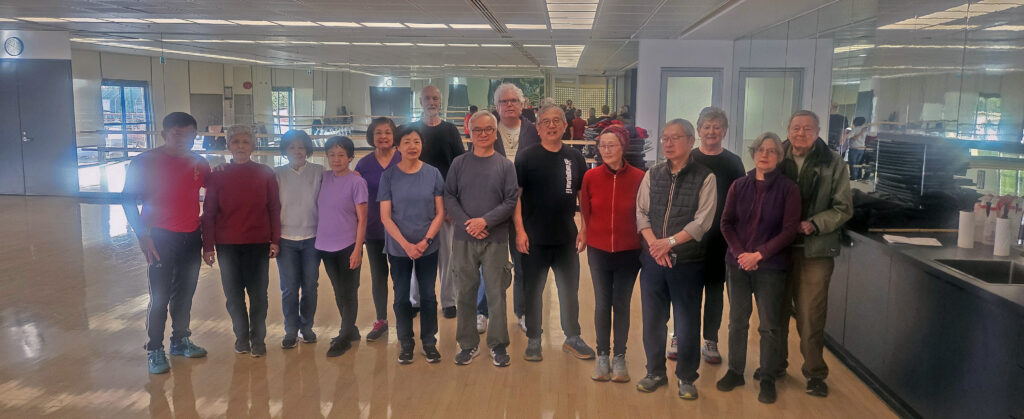DISCUSSIONS
How to practice by yourself
When asked whether everyone had practiced all the techniques they had learned at home, all I saw were embarrassed smiles. But there’s no need to be embarrassed—it’s a very common challenge. In class, practice is always done with partners, but at home, you need to find ways to train on your own.
We explored the idea of practicing through partnerless drills, similar to performing a single-technique form. However, there are drawbacks. Without external references, key concepts such as angles, alignment, centerline, direction of movement, which body part is moving, and which remains fixed can be difficult to grasp.
To overcome these challenges, we use fixed external references—for example, touching the sofa, facing the windows, or keeping the forearm parallel to the edge of a table. This helps guide movement and visualization for the specific skill. Repeating these drills is highly effective in training the brain and nervous system, making the techniques instinctive over time.
SCENARIOS
We worked through all the grips learnt so far and emphasizing on the key points that must be done correctly and why. Remember to strategically reposition yourself after every skill.
Scenario – wrist grab (one hand grip, crossover, high- grip)
During the “relax” phase, you transfer your body weight into the grip without any muscle tension. During the “wrap” phase, you focus on folding the his thumb inward to make it impossible to hang onto the grip.

EXERCISES
Squat with back parallel to the ground, then open arms horizontally to get the should blade muscles stronger. Those muscles are useful for posture as well as outward circular hits.
SOCIAL
Congratulations! We’ve passed the halfway mark of this season! This is the first time this self-defense class has been offered as a multi-session course. Since it was designed specifically for seniors, a gentle and effortless approach is strongly emphasized.
We have a diverse group of participants—some with martial arts backgrounds in disciplines like karate and tai chi, while others joined out of curiosity. Instead of traditional forms, we use real-life scenarios to guide the lessons. Although the teaching approach differs, each movement incorporates principles from soft Chinese classical styles such as tai chi (太極拳) and liuhebafa (六合八法).
Thank you for everyone’s support. If you can email / leave feedback on what you enjoyed most about this class, it will help me create lesson plans for the spring season. Again, you can find me on Facebook as well. 🙂


